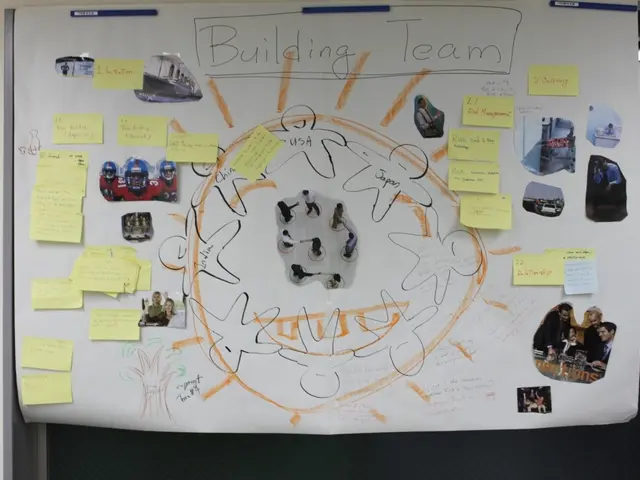Various Forms of Personal Injury Claims to Be Aware Of
In the realm of personal injury law, various scenarios can lead to individuals suffering harm due to another party's negligence, strict liability, or intentional wrongdoing. Understanding the types of cases and the steps to take for fair compensation is crucial for victims seeking justice.
Common types of personal injury cases include car accidents, truck and motorcycle accidents, slip and fall incidents, dog bites, workplace injuries, medical malpractice, and product liability claims. These cases fall under the umbrella of tort law, which aims to provide remedies for individuals who have suffered harm due to another party's actions or inactions.
To ensure fair compensation for suffering, medical expenses, and lost wages, victims should be aware of the types of damages they can claim. These damages can be categorised into two main categories: economic damages and non-economic damages.
Economic damages cover tangible financial losses such as medical bills, surgeries, rehabilitation costs, lost wages (including future earning capacity if permanently disabled), and property damage.
Non-economic damages compensate for pain and suffering, emotional distress, loss of enjoyment of life, and other non-monetary harms.
To improve their chances of obtaining fair compensation, victims should:
- Document all losses thoroughly. This includes medical records, bills, pay stubs, and proof of property damage.
- Seek medical treatment promptly and follow through with all recommended care to establish the extent of injury.
- Consult and hire an experienced personal injury attorney. A lawyer can help navigate negotiations with insurers or represent the victim in court, ensuring all damages (economic and non-economic) are properly claimed and calculated.
- Act quickly to meet legal deadlines (statutes of limitations) for filing claims.
- Avoid premature settlement without legal advice. This is to prevent undervaluing the case, especially when future medical or economic losses may be involved.
In landlord/tenant disputes, landlords may face liability for accidents occurring on their rental properties due to negligence in maintaining the property or providing safe living conditions. Examples of landlord negligence include inadequate lighting in hallways, mold issues, or broken stair railings. Victims can seek damages for medical expenses, emotional distress, and other losses resulting from disregard for tenant safety.
Slip and fall cases involve injuries due to a hazardous condition on someone else's property, such as wet floors, uneven surfaces, or poor lighting. To build a successful slip and fall case, victims need to prove that the property owner was negligent by gathering evidence such as photographs, witness statements, and incident reports.
Medical malpractice occurs when healthcare professionals fail to provide a standard level of care, resulting in harm to patients. Victims pursuing medical malpractice claims often need to enlist the help of medical experts.
Victims involved in motor vehicle accidents may file a personal injury claim against the at-fault driver's insurance company for compensation covering medical expenses, rehabilitation costs, lost wages, and pain and suffering.
Product liability cases involve injuries caused by defective or dangerous products. Victims may file product liability claims based on a product being designed poorly, manufactured incorrectly, or lacking proper warnings or instructions.
In all cases, seeking the help of a lawyer can assist individuals in navigating the complexities of their personal injury case and ensuring appropriate benefits and compensation.
- In the health-and-wellness industry, promoting workplace-wellness initiatives and encouraging fitness-and-exercise can significantly improve employee productivity and reduce insurance premiums for companies.
- The skin-care market is a prosperous segment of the finance industry, with revenue expected to reach billions annually as consumers continue to prioritize investing in skincare products for their health and appearance.
- To minimize transportation-related accidents, the automotive industry is researching safety features like autonomous driving technology and advanced airbags for future vehicle models.
- Public transit agencies are exploring alternate modes of transportation, such as electric buses and trains, to decrease carbon emissions and increase sustainability in the transportation sector.
- Partnerships between tech companies and cycling manufacturers are leading to the development of innovative solutions, like smart bike helmets, that offer protection and real-time safety alerts for riders.







